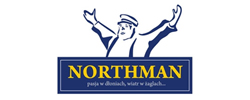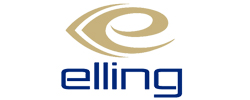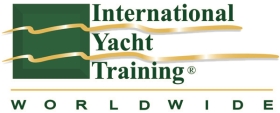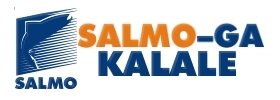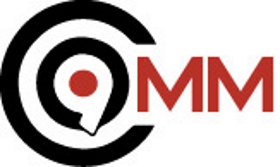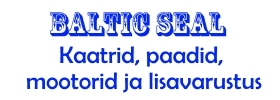Traffic in transboundary water bodies
In Estonia the transboundary water bodies are the Narva river, the Narva Water Reservoir, the lake Peipsi, Pihkva and Lämmijärv....
Moving at sea
Before you go out to the sea: • Check the technical conditions of floating vessel and navigation equipment...
Navigation in foreign waters
Within the Schengen visa zone, people can arrive and leave the state via any ports. NB! It is necessary to carry always the identification...
Ask your question:
Courses
International bareboat skipper
This is a five day course. It is not for beginners and the recommended entry level requirements are a VHF radio operators certificate, and to have logged over 200 nautical miles and 10 days at sea before advancing to this level. The recommended minimum age to obtain this certification is 18.
CERTIFICATE LIMITATIONS
- Command of a vessel up to a maximum length of 78 ft /24 metres
- In coastal waters up to 20 miles offshore
- In daylight hours and in fair conditions with moderate wind and sea conditions
- This certificate is the level of competence that one needs when chartering a boat in the Mediterranean or West Indies where there are restrictions in terms of cruising area and distance from the base and the vessel has to be safely moored in a marina or anchored before dark
COURSE OUTLINE
- Responsibilities of a bareboat skipper
- Crew safety checks
- Hull and rig checks
- Machinery and systems checks
- Fuel and water capacity and range
- Menus and quantities
- Float plan
- Sources of meteorological information
- Weather patterns
- Sea and land breezes
- Cloud types and formations
- Pilotage and passage planning
- Considerations when planning a passage
- Routine for navigating a coastal passage
- Passage strategy
- Port regulations, customs, immigration
- Pilotage plans
- Vessel handling in confined quarters
- Mooring, anchoring, coming alongside
- Ropes, knots, care and use of lines
- General deck work
- Tides and currents theory
- Tidal heights, springs and neaps
- Rule of "twelfths"
- Position fixing, running fixes
- Plotting the effect of tides and currents
- Collision regulations
- Lights, shapes and sounds
- Application of the regulations
- Advanced dingy handling

